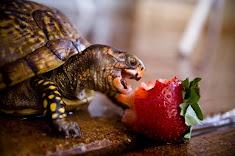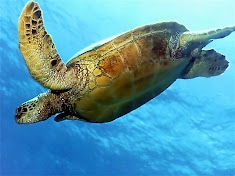Well-cared for turtles can have long lifespans that may last over forty years. The turtle name you select for your pet is a mirror of your relationship with it, as it reveals how much you care for your treasured friend. A distinctive feature, characteristic, or quirky behavior of your pet are some of the factors that you should consider prior to making your turtle name selection.
This special name not only gives you something to call your new pet turtle, it also gives it a special identity, officially welcoming it as a unique part of your household. It will also help you identify one turtle from the other if you happen to own a bale (another word for "herd") of turtles.
You can choose the name of your turtle according to its habitat, or any other trait or attribute that stands out. You can pick a name that is very special or personal to you. There are hosts of available and recommended turtle names which have been collected from various owners around the world that will help you in choosing the right name for your pet. Take time to think about the name you will pick. Consider watching your turtle for a few days before finalizing the name, to see what his particular moods, traits, and physical characteristics are.
If you have some spare time and are so inclined, you might do a little research into the etymology of names and their original meanings. Here are some I have found.
For example:
* "Morgan" is a Celtic, male name which means "lives by the sea." * "Spark" is an English, male name which means "Gallant." * "Dyana" is a French, female name which means "Divine." * "Brina," is an Irish female name, means "Strong." * "Otilie" is a German, female name meaning "Fortunate Heroine." * "Trinette" is a French, female name for "Little Innocent." * "Kayleigh" is a lovely Irish, female name meaning "Slender." * "Dell" is a name with English origins, meaning "noble."
Of course, children would probably want to give their pets fun and easily remembered names like "Turdman," "Shell-Shocker," "Pokey," "Myrtle," "Mr. Turtell," "Ozzy," or "Shelly."
Remember, if you are bringing home a turtle into an existing family with children, you should always include the children in the naming process. This will ensure a closer bond between the child and the turtle, and more chance that the turtle will receive excellent care and attention from all family members.




